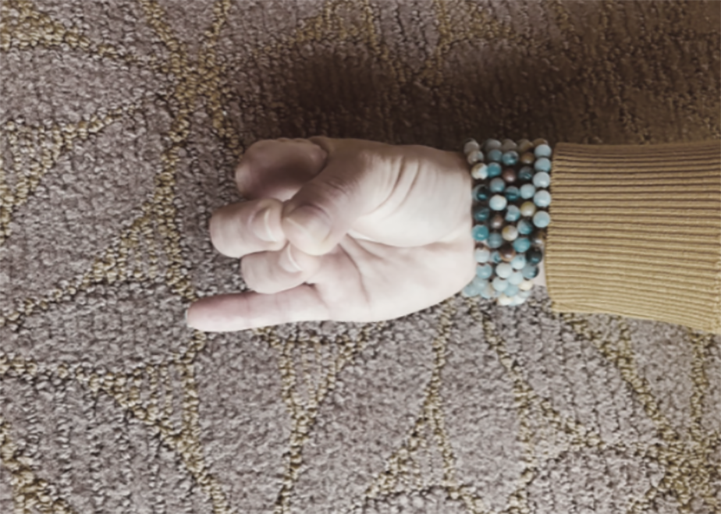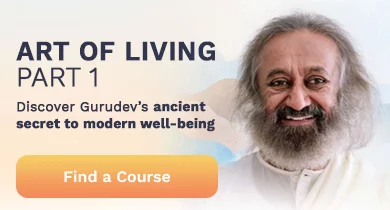Anxiety Relief at Your Fingertips: 5 Yoga Mudras for Quick De-stress

Need anxiety relief fast? Learn the power of ancient yoga mudras and find natural, easy ways to relieve stress and give yourself peace of mind today.
Relief from anxiety is right at your fingertips. Learn these five easy Yoga Mudras and begin to cope with stress and panic attacks naturally.
Table of contents
What is Mudra?
The word Mudra in Sanskrit means “gesture”, “mark”, or “seal”. A hasta mudra is a gesture or a hand position meant to channel and direct energy in the body by encouraging the free flow of energy. Mudras have been used for thousands of years to help ease the mind and body, providing relief from a number of different conditions including dealing with common anxiety issues.
The practitioner of yoga uses their body in many ways, but ultimately with the intention of drawing the self inward. Mudras are powerful tools for accomplishing this. There are more than 100 known mudras that have been developed over the centuries. Each type is thought to have a specific effect on the body and mind by clearing energy centers and energy channels. Here are five commonly used mudras that have been advocated for centuries for relieving stress, anxiety, and depression.
How to practice Mudra
1. Gyan Mudra
Touch the tips of the index finger and thumb and keep the other 3 fingers (index, ring, and pinky finger) stretched, relaxed and joined.
Also known as the chin mudra, this is probably the most familiar mudra in mainstream society. Meditators are often seen pairing this mudra with their practice.

The Gyan mudra increases your mental alertness. It also prevents drowsiness. This mudra connects us to our higher Self, helps lift dull energy out of the body, creates a more receptive state, calms the mind, and brightens the overall mood. It is often used in meditation, pranayama, and asana.
2. Kalesvara Mudra
Touch tips of middle fingers to each other. Touch the first two joints of the index fingers, and touch your thumbs. Bend the remaining fingers inward. Point your thumbs toward your chest and spread your elbows to the outside. Observe your breath and lengthen the pause after inhaling and after exhaling.
The Sanskrit word Kala means time, and Esvar means God or higher power. This mudra is dedicated to the God of time.

3. Uttarabodhi Mudra

Practicing Uttarabodhi mudra is a great way to calm an agitated mind or soothe the nerves before starting any seemingly overwhelming task.
Also known as the mudra for enlightenment, it is believed that Uttarabodhi mudra is great for improving self-confidence and realizing the inner Self. It removes fear and teaches one to not worry about anything and keep faith in a higher power.
Uttarabodhi mudra is also said to help problem-solving and decision-making, as well as improve focus and concentration.
4. Apan Vayu Mudra
The tip of the index finger should be pressed lightly against the root of the thumb and second and the third finger should touch the inner tip of the thumb.
Apan vayu mudra, also known as Mritsanjeevani mudra, is a very powerful mudra. In ancient India, it was believed to save lives in the case of heart attacks.

This mudra decreases the vata element within the body, so very useful for people who have anxiety due to vata dosha imbalance. It reduces anxiety and regulates your hormones, so it is ideal for hyperactive and impulsive people.
5. Agni Shakti Mudra

Next time you feel anxious and find yourself losing control, instead of biting your nails and panicking, try these simple hand gestures and find peace and serenity within yourself.
I would also recommend you to join this FREE Beyond Breath online session with a live instructor to experience some breathing exercises and meditation to manage your mind and anxiety.


